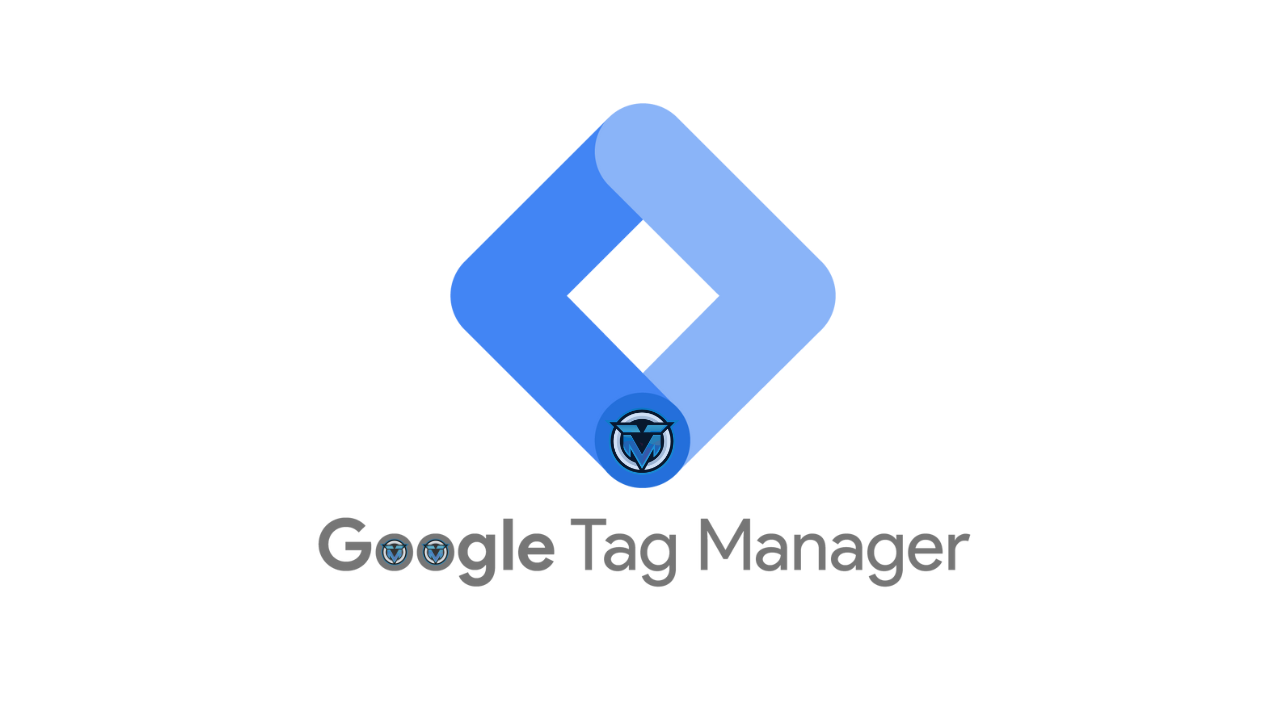In the fast-paced digital landscape, marketers, developers, and website owners rely heavily on analytics, tracking, and conversion data to make strategic decisions. One of the most powerful tools that simplifies this process is Google Tag Manager (GTM). Whether you run a blog, e-commerce store, or enterprise website, understanding how GTM works can save you time, reduce development effort, and improve your website’s agility.
This comprehensive article will help you understand:
- What Google Tag Manager is
- Why it’s important for digital marketing
- How it works behind the scenes
- Key features and benefits
- Setting it up step-by-step
- Best practices for using GTM in 2025
✅ What Is Google Tag Manager?
Google Tag Manager (GTM) is a free tool by Google that allows you to manage and deploy marketing tags (code snippets) on your website or mobile app without modifying the codebase. These tags can track analytics, conversions, remarketing, events, and other user interactions.
Instead of manually adding various tracking scripts (like Google Analytics, Facebook Pixel, LinkedIn Insight, etc.) to your site’s code, GTM lets you manage them all from a single web-based dashboard.
🔖 Examples of Tags You Can Manage with GTM:
- Google Analytics 4 tracking code
- Google Ads conversion tracking
- Facebook Pixel
- Hotjar or Crazy Egg
- LinkedIn Insight Tag
- Custom HTML/Javascript tracking events
🌐 Why Use Google Tag Manager?
Using Google Tag Manager brings a variety of benefits, both for marketing teams and developers:
1. No Code Dependency
You don’t need to edit website code every time you add or update a tag. GTM does it through a user-friendly interface.
2. Speed & Efficiency
Tags can be added and tested instantly, reducing the need for back-and-forth between marketers and developers.
3. Error Reduction
Built-in debugging tools and preview mode help reduce the chance of deploying broken or incorrect tags.
4. Centralized Management
All tags are stored and managed in one place, keeping your website codebase clean and easier to maintain.
5. Event Tracking Made Simple
Set up triggers to track button clicks, form submissions, page scrolls, video views, and much more.
🔧 How Does Google Tag Manager Work?
Google Tag Manager operates through a container tag that you install on your website or app. This container acts as a shell to load all other tags dynamically.
Here’s how it works step-by-step:
Step 1: Install the GTM Container
When you create a new GTM account, you get a small code snippet (container tag) to place on every page of your site.
htmlCopyEdit<!-- Google Tag Manager -->
<script>(function(w,d,s,l,i){...})(window,document,'script','dataLayer','GTM-XXXX');</script>
<!-- End Google Tag Manager -->
Step 2: Create Tags Inside GTM
In the GTM interface, you create tags, such as:
- GA4 Event Tag
- Google Ads Conversion
- Custom HTML tags
Step 3: Set Up Triggers
Tags don’t fire on their own — you assign triggers that define when a tag should run. Examples:
- All Pages
- Clicks on a “Buy Now” button
- Form submissions
- Scroll depth or time on page
Step 4: Publish Your Container
Once your tags and triggers are configured, you publish the container. From that point, GTM handles the loading of tags automatically based on your settings.
🧠 Key Components of GTM
To fully grasp GTM, it’s essential to understand its core components:
1. Tags
Tags are snippets of code or tracking pixels (like Google Analytics, Meta Pixel, or custom JS) that collect data.
2. Triggers
Triggers define when and where a tag fires. Example: fire a tag when someone clicks a specific CTA button.
3. Variables
Variables are dynamic values used in tags and triggers — e.g., Page URL, Click ID, Form Text, Scroll Depth, etc.
4. Data Layer
The data layer is a JavaScript object that stores structured data you want to send to GTM and, ultimately, to your analytics tools.
Example:
javascriptCopyEditdataLayer.push({
'event': 'purchase',
'transactionId': '12345',
'transactionValue': 99.99
});
5. Workspaces
GTM allows multiple users to work on the same container simultaneously in separate workspaces, minimizing conflicts.
📈 Benefits of Using Google Tag Manager
Here are the top reasons why GTM is widely adopted in 2025:
1. Supports GA4 Integration
GTM makes integrating and managing Google Analytics 4 easier, especially with event-based tracking.
2. Improved Website Performance
Because GTM loads tags asynchronously, it doesn’t block page loading speed — enhancing Core Web Vitals.
3. Version Control
Each time you publish changes, GTM creates a new version. You can always roll back to a previous version if needed.
4. Security & Permissions
Grant different levels of access to your team — View, Edit, Publish, or Approve.
5. Mobile App Tracking
GTM isn’t just for websites. With Firebase, you can use GTM for Android and iOS apps to track in-app events and conversions.
🛠️ How to Set Up Google Tag Manager (Step-by-Step)
Step 1: Create an Account
- Go to tagmanager.google.com
- Click “Create Account”
- Enter your business name, website domain, and choose target platform (Web, iOS, Android)
Step 2: Install the Container Code
- GTM provides two code snippets: one in the
<head>and one right after the<body>tag - Paste these into every page of your website (or use a CMS plugin if using WordPress)
Step 3: Add Tags
- Example: Add GA4 tag
- Click “Tags” → “New” → Choose Tag Type: GA4 Configuration
- Enter your Measurement ID from Google Analytics
- Set Trigger to: “All Pages”
- Save and publish
Step 4: Preview & Debug
- Use Preview Mode to test your tags before publishing
- GTM opens your site in debug mode, showing which tags fired and why
Step 5: Publish
- Once satisfied with your setup, click “Submit” and publish your container
- Add version name and notes for documentation
🚀 Best Practices for Using Google Tag Manager in 2025
- Use Naming Conventions
- Example: “GA4 – Event – Button Click – Signup”
- Helps teams collaborate and locate tags quickly
- Regularly Audit Tags
- Remove outdated or unused tags to improve performance and accuracy
- Document Everything
- Maintain internal documentation for tags, triggers, and what they track
- Limit Custom HTML/JS Tags
- Stick to built-in templates when possible for security and compatibility
- Backup Versions
- Always create a version before making major changes
- Use Built-In Variables
- GTM offers common variables like Page Path, Referrer, Click Classes — enable only what’s needed to avoid bloat
🔗 Google Tag Manager vs Google Analytics: What’s the Difference?
| Feature | Google Tag Manager | Google Analytics |
|---|---|---|
| Purpose | Tag management system | Data collection and analysis tool |
| Data Collection | No, it deploys tags like GA | Yes, tracks user behavior and metrics |
| Requires Coding | Minimal to none | Yes, if custom implementation |
| Manages Other Tags | Yes (Facebook, LinkedIn, etc.) | No, only GA-specific tracking |
They work best together — GTM manages your tags, while GA4 interprets the data.
📝Is Google Tag Manager Worth It?
Absolutely. In 2025, with the rise of privacy regulations, first-party data, and GA4, using Google Tag Manager is more valuable than ever. It offers a scalable, flexible, and efficient way to manage your website tracking without getting bogged down in code.
Whether you’re a solo marketer, an eCommerce brand, or a digital agency, Google Tag Manager can help you:
- Streamline your marketing operations
- Accelerate deployment of new tracking setups
- Reduce dependence on developers
- Improve data accuracy and security













